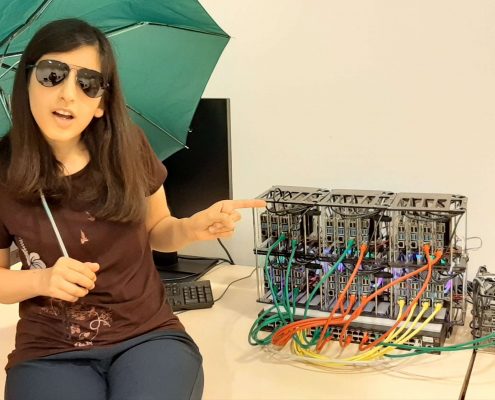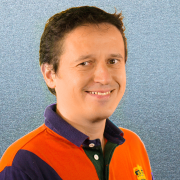Authors: Ekrem Çetinkaya (Alpen-Adria-Universität Klagenfurt), Hadi Amirpour (Alpen-Adria-Universität Klagenfurt), Christian Timmerer (Alpen-Adria-Universität Klagenfurt, Bitmovin), and Mohammad Ghanbari (School of Computer Science and Electronic Engineering, University of Essex, Colchester, UK)
Abstract: HTTP Adaptive Streaming (HAS) is the most common approach for delivering video content over the Internet. The requirement to encode the same content at different quality levels (i.e., representations) in HAS is a challenging problem for content providers. Fast multirate encoding approaches try to accelerate this process by reusing information from previously encoded representations. In this paper, we use convolutional neural networks (CNNs) to speed up the encoding of multiple representations with a specific focus on parallel encoding. In parallel encoding, the overall time-complexity is limited to the maximum time-complexity of one of the representations that are encoded in parallel. Therefore, instead of reducing the time-complexity for all representations, the highest time-complexities are reduced. Experimental results show that the proposed method achieves significant time-complexity savings in parallel encoding scenarios (41%) with a slight increase in bitrate and quality degradation compared to the HEVC reference software.
Keywords: Video Coding, Convolutional Neural Networks, HEVC, HTTP Adaptive Streaming (HAS)









